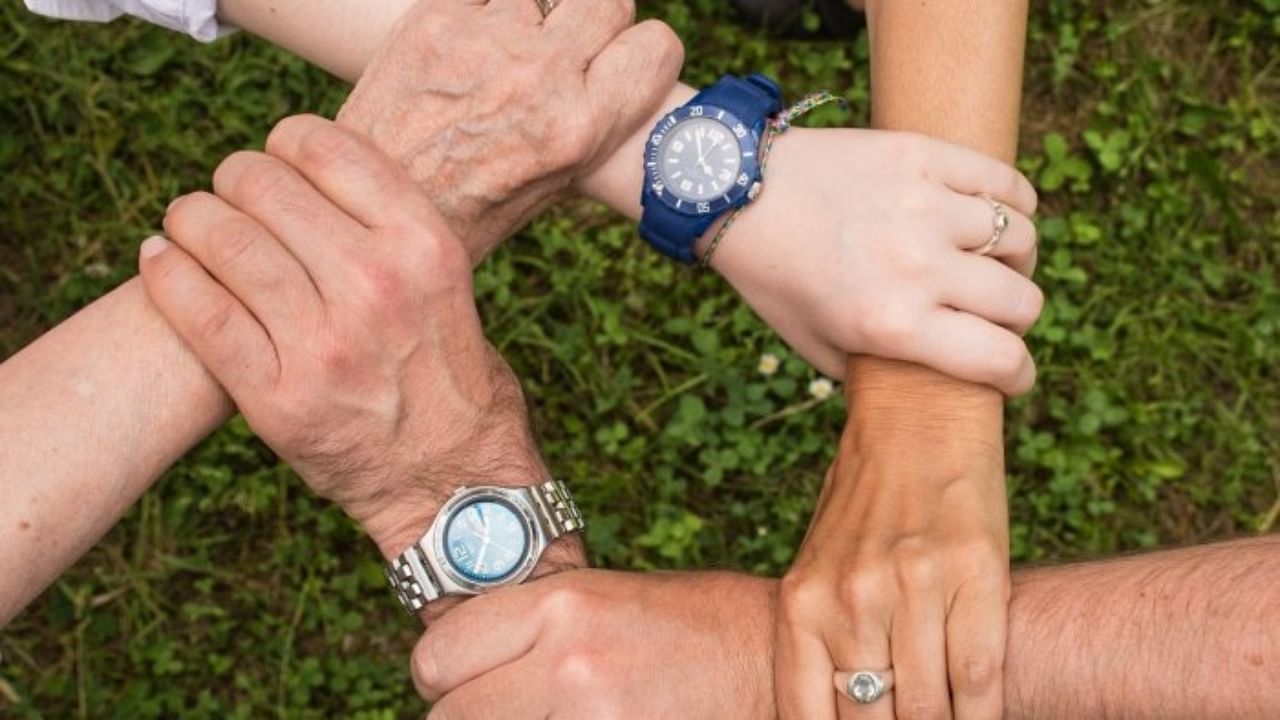
Long before brown, I saw life through pink-tinted glasses. Not with the shocking levity of roses’ flush but with the subtle grace of its baby-blushed counterpart. The brown was my mother’s rebuttal to my father’s unconscious indulgence of his first-born girl. Complemented with placid creams, pristine whites, even a sunny spot of yellow, the omnipresent pink graced my clothes, toys, room, and lest I forget -- my first bicycle.
As I grew up, my mother began exercising her right to colour my closet with her favourite brown. Way before coordinated sets became a thing, my mother was pairing a rustic cinnamon with the more earthy, darker brunette. For years, I was the human avatar of autumn.
Which is why, when I could have more say in what I wore, I did what any self-respecting teenager would do. I banished both of these. I wouldn’t be caught dead in pink or brown. Ok, that’s definitely hyperbolic, but you get the drift.
Passage of time -- and I am weakening -- my resistance to both these colours diluted. I can explain the pink -- with two daughters, it isn’t like I have much of a choice. Their room, clothes, and stuff can be divided into three Venn diagrams -- unicorn, shiny and pink, sometimes overlapping.
Since they were babbling kids, between any other colour and pink, they almost always have chosen the latter. The brown is harder. Maybe the muddy shade of peanut butter will never do it for me but the deeper hues of chocolate and walnut catch the eye, more often as I am growing older. Could this be my midlife crisis?
Or maybe it is where we meet our parents. My mother was the same age as I am now when she breathed in chocolate and hazel into my cupboard. As I grow older, most of her decisions that I rebelled against make so much sense now. Or even if I don’t agree with them, I can now appreciate the experiences that brought her to those junctures -- something she had totally predicted would happen when I have kids of my own.
Eventually, we become in some parts those who made us, carrying forth a link deeper than the manner in which we address our kin. The consanguinity isn’t just about flesh and blood; the legacy is more than the name -- we are walking avatars of our parents - a little bit different but just about.
When younger, there is an unexpressed horror that we might become like our parents -- every decision a conscious antithesis of what they would have made. With more years under our belt, we become ambitious. The tables have turned, and how indeed? We now yearn to attain their goodness, even half of it will do.
To chart our own path, diverging or not from those that our parents may have wanted for us, is part of our growth, our journey. It is our story, our life. And some of it may be an echo of the one that our parents led. A bit of it brown, and some of it pink.